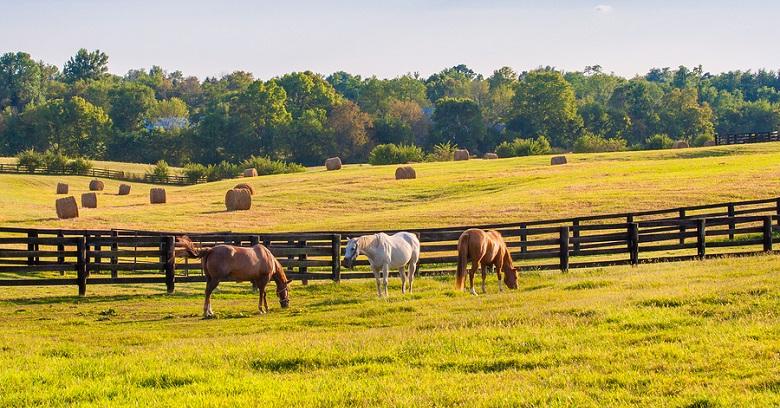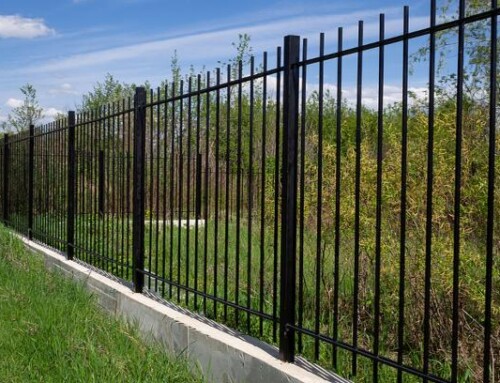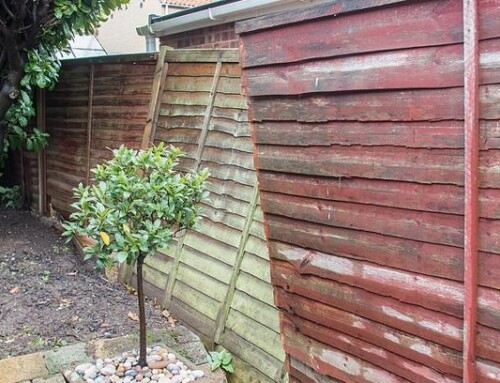If you have a farm or ranch, you need appropriate farm fencing to protect your property and animals and reduce access by trespassers; yet there is much more to farm security than just choosing farm fences.
You need to plan your installation for the greatest safety and access control, so consider these tips when plotting a new ranch fencing installation to ensure all of your needs are met and all access points well protected.
Plan Farm Fencing Installations First
Fencing is a considerable investment expense for every farm or ranch owner, whether securing animals or crops or simply looking to keep trespassers off the land.
Farm fencing only performs its job when it’s been well planned.
You can expect to get the most from your investment by starting with a map of the property that outlines all boundaries, positions all buildings, and includes topographical and land features like lakes, streams, terraces, etc.
Draw a sketch map to designate the way you intend to use the land and where it must be divided into multiple pastures, fields, or other areas.
Permanent and Temporary Fencing
There are two main types of farm fences that must be considered to make your property secure and get highly efficient use of your land: permanent and temporary.
It is highly recommended that you surround the entire property with a minimum of one row of permanent fencing that includes all boundaries.
If you are enclosing livestock, a second and inner line of fencing may also be warranted for extra security along with permanent fences around ponds, lakes, and other physical areas that should be inaccessible by livestock.
After plotting your permanent farm fencing, consider temporary fences to further divide smaller areas or create smaller enclosures close to your buildings.
Temporary fences are designed to be moved around as needs change.
Since these are less secure barriers, they should only be used within the security of a permanent installation.
Securing Lanes, Gates, Water Divides, and Other Areas
The weakest parts of any type of farm fences are poorly secured access points.
After diagramming all permanent and temporary fence lines, it is essential that you identify all places where access is needed and where access must be prevented.
Mark any access lanes, water divides like streams or rivers, gates needed for your own access, and other points in the permanent fence that need protecting and determine the best way to do this.
Position regular access points such as pasture gates along the lanes that lead to buildings and work areas, then protect lane access at the main road.
Every Farm Is Different
Since every agricultural operation is different and has different fencing needs, how you go about securing your farm and limiting access will differ as well.
The two essential factors that must be considered when planning farm fencing is preventing access or escape that may be possible due to natural details like water breaks and elevations as well as limiting intentional access by locating access points in the most secure areas.
By using a combination of permanent and temporary farm fences and effective methods for securing different access points, you can best limit and control access to your property!






